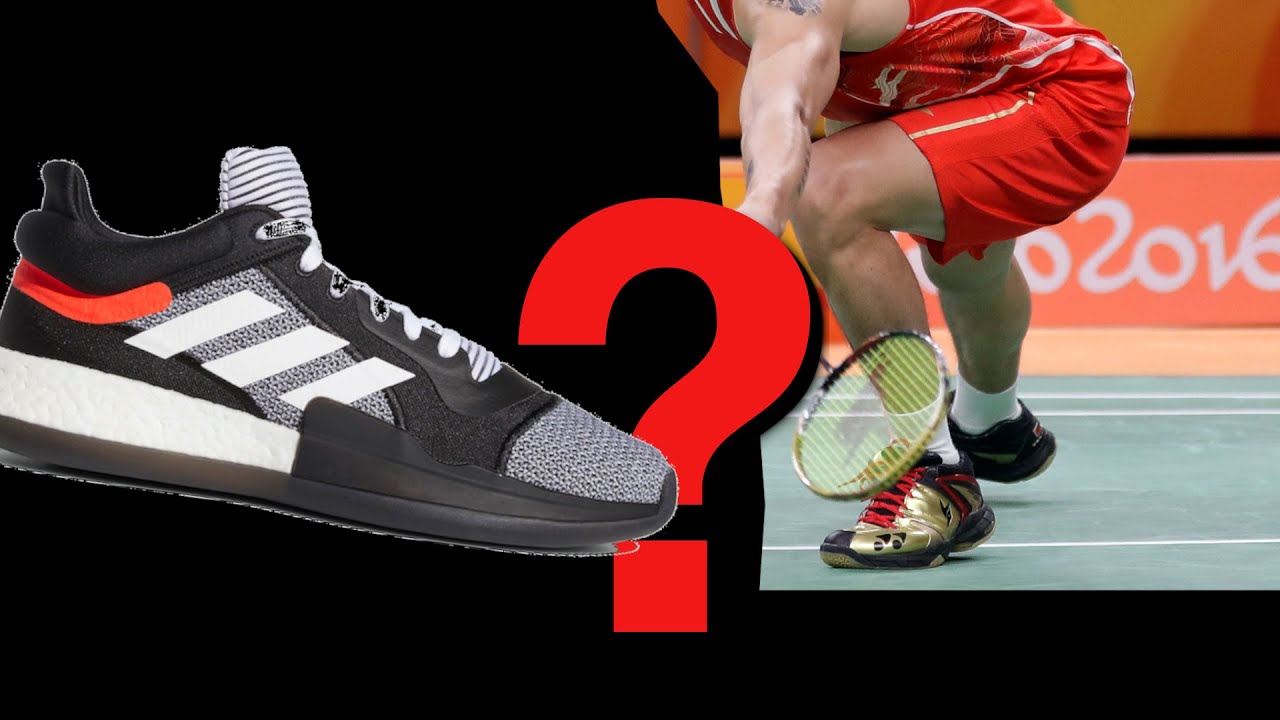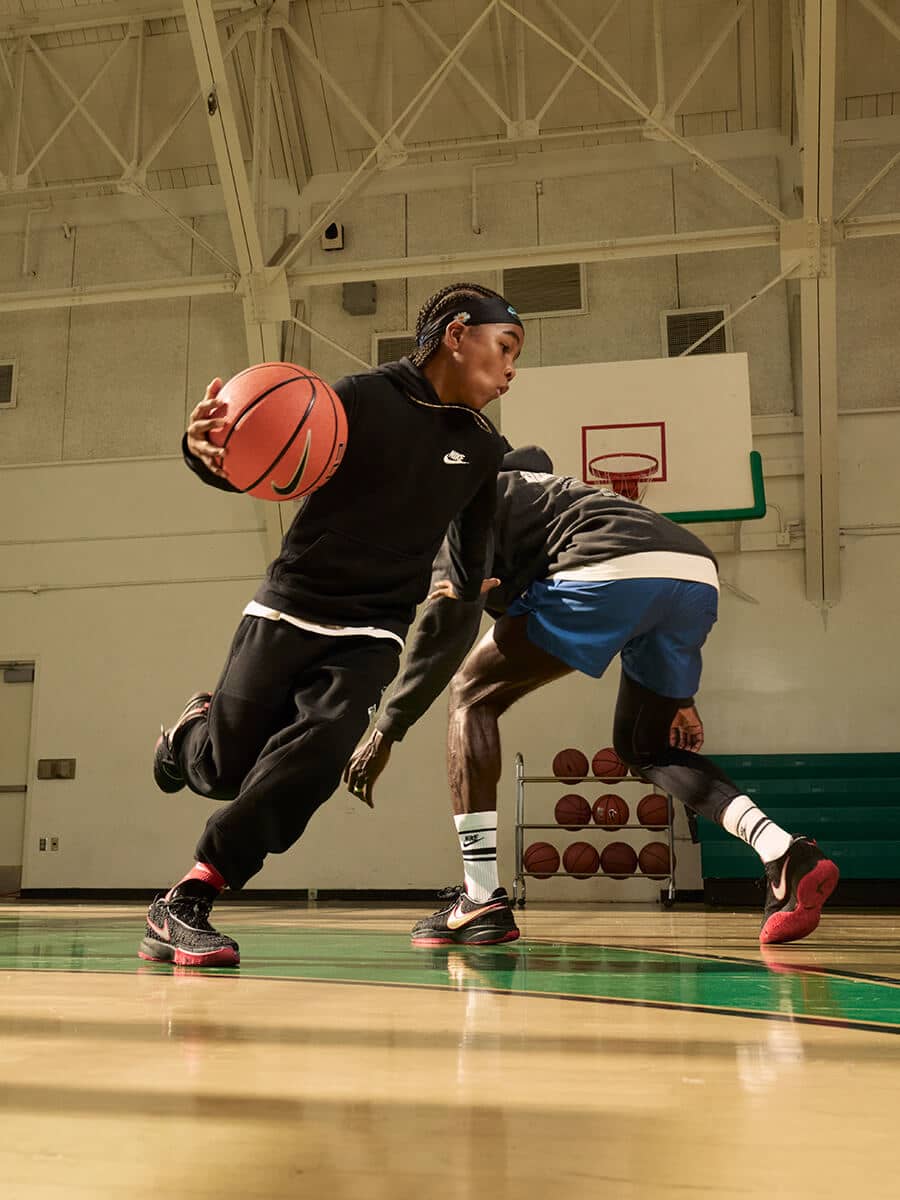When it comes to athletic footwear, it’s important to have the right shoe for the right activity. While both basketball and running involve a lot of footwork and movement, the shoes designed for these activities are specifically tailored to support the unique demands of each sport. So, can you use basketball shoes for running? Let’s explore.
Before we delve into whether basketball shoes are suitable for running, it’s essential to understand the key features that make basketball shoes different from running shoes. Basketball shoes typically have a high-top design that provides excellent ankle support. They also have a thicker and more cushioned sole to absorb the impact from jumping and landing. Additionally, they offer lateral stability to withstand sudden changes in direction.
Running shoes, on the other hand, are designed with the sole purpose of providing maximum efficiency and comfort for runners. Unlike basketball shoes, running shoes have a low-top or mid-top design to allow unrestricted foot movement. The soles of running shoes are thinner and lighter to promote better energy transfer and minimize the strain on the legs and joints. They also incorporate features like breathable mesh uppers for enhanced ventilation.
Why Basketball Shoes May Not Be Ideal for Running
While basketball shoes offer excellent support and stability, they may not be the best choice for running due to their heavy construction and lack of flexibility. The added weight of basketball shoes can make running more tiring and inefficient. The high-top design, intended to protect ankles during basketball games, restricts natural foot movement and impedes the smooth heel-to-toe transition necessary for optimal running mechanics.
Wearing the right shoes for running is crucial for preventing injuries and optimizing performance. Running shoes are specifically engineered to absorb shock, support the arches, and provide flexibility in all the right places. They help maintain proper form and ensure a balanced distribution of impact forces throughout the foot, reducing the risk of common running-related problems such as shin splints, plantar fasciitis, and stress fractures.
If you’re an avid runner, investing in a quality pair of running shoes is highly recommended. Visit a specialty running store where experts can evaluate your foot type, stride pattern, and running style to recommend the most appropriate shoes for your specific needs. By choosing the right footwear, you’ll be able to optimize your running experience and minimize the risk of injury.
It’s important to note that while basketball shoes may not be ideal for running, they can still be used for shorter distances or casual jogs. However, keep in mind that using them for prolonged running sessions may increase the risk of discomfort, fatigue, and potential injury. It’s always best to use shoes that are specifically designed for the activity you are engaging in.
While basketball shoes may seem like a viable option to use for running due to their support and cushioning, they are not specifically designed to meet the demands of running. For optimal performance, it is recommended to invest in a good pair of running shoes that provide the necessary features for a smooth and efficient run. Remember, when it comes to footwear, choosing the right shoe for the right activity is crucial for your overall comfort and performance.
Frequently Asked Questions On Can You Use Basketball Shoes For Running?
Can Basketball Shoes Be Used For Running?
Basketball shoes are not ideal for running due to the lack of proper cushioning and support.
Are Basketball Shoes Good For Long Distance Running?
Basketball shoes are designed for basketball’s short bursts, not the continuous impact of distance running.
Can Wearing Basketball Shoes Cause Running Injuries?
Wearing basketball shoes for running can lead to discomfort and potential injuries due to insufficient support.
Do Basketball Shoes Provide Enough Arch Support For Running?
Basketball shoes are not optimized for running’s specific arch support needs, potentially causing discomfort.

